Are plant lights really useful?
Are plant fill lights really useful? Can plants grow better? Can it replace sunlight? Before discussing this issue, let's talk about the needs of plants for light!
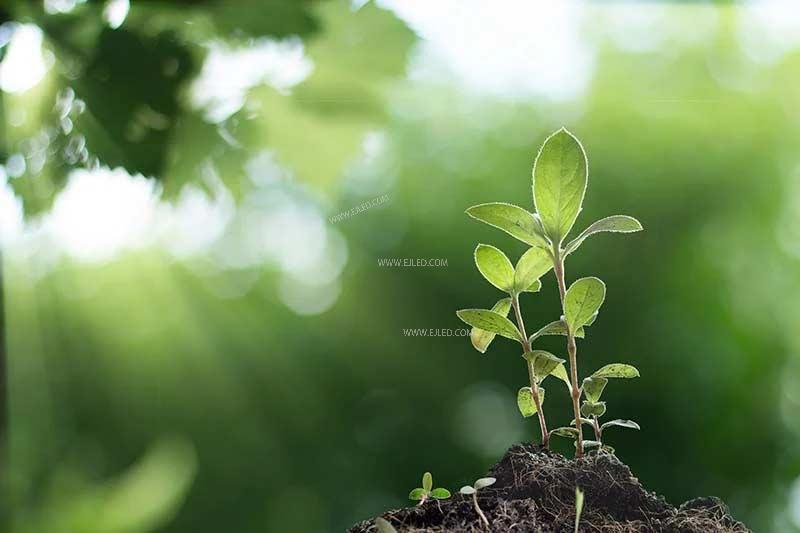
Some plants take this to the extreme and follow the sun when crossing the sky during the day. Sunflower is the most famous example of these plants, which is called Sunflower by botanists. The rest of the plants are called phototropic, which means they respond to light, and the stems of these plants try to grow in the direction of the light source. There is also a garden plant partially in the shade. When light shines on a certain part, it will stimulate this area of the stem to secrete growth hormone called auxin, which causes that part of the stem cells to elongate and force the stem to grow to the sun. These changes occur continuously in the whole life cycle of plants.
If there is one drawback to sunshine, it is that it is not constant all year round. The duration and intensity of sunlight received by plants fluctuate with seasons, so plants also adapt to these changing seasons. In summer and spring, there is sufficient light, and most plants grow, bloom and bear fruit. With the approach of winter, when the light intensity and duration decrease, plants pay more attention to energy conservation and slow down growth. Photosynthesis decreases in autumn and leaves begin to lose chlorophyll. This is why the leaves turn brown, yellow or red in autumn.
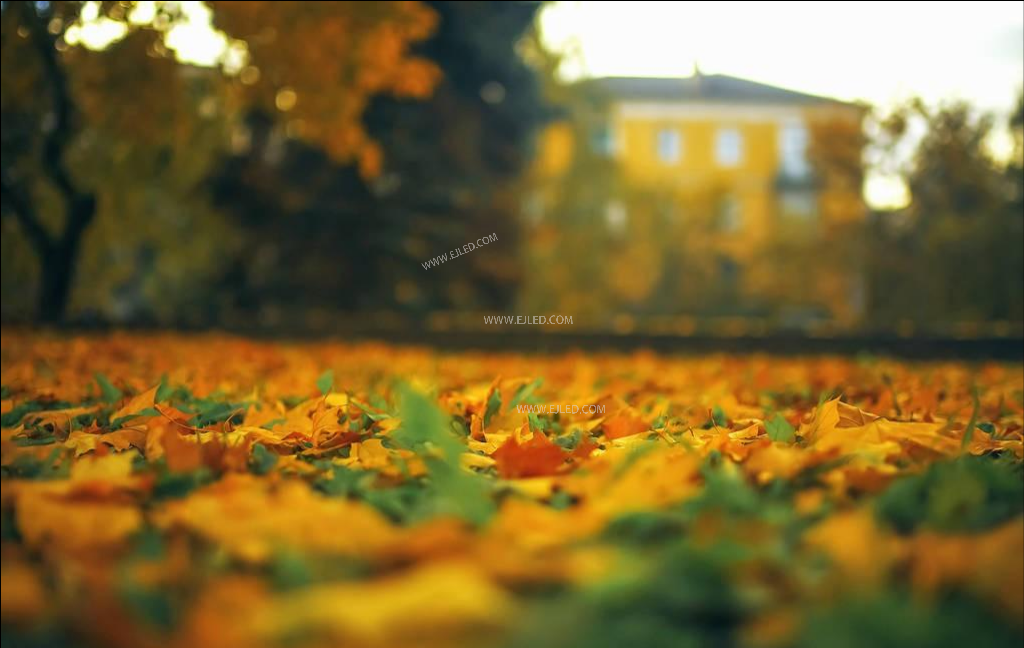
Light is a form of energy moving in the form of electromagnetic waves. The visible light we see is composed of electromagnetic radiation in a specific wavelength range. The wavelength of visible light is between 390-700 nm. Light of different wavelengths shows a specific color in human eyes, so we can see these individual colors when we use prism to scatter light. Red light has the longest wavelength and the lowest energy, while blue and purple light at the other end have longer wavelengths and more energy (which is one of the reasons why energy rich ultraviolet light is considered dangerous).
Like cells in human eyes, plant leaves respond to light energy falling in the wavelength range of 390-700nm. Specifically, chlorophyll in leaves absorbs most of the light to make food.
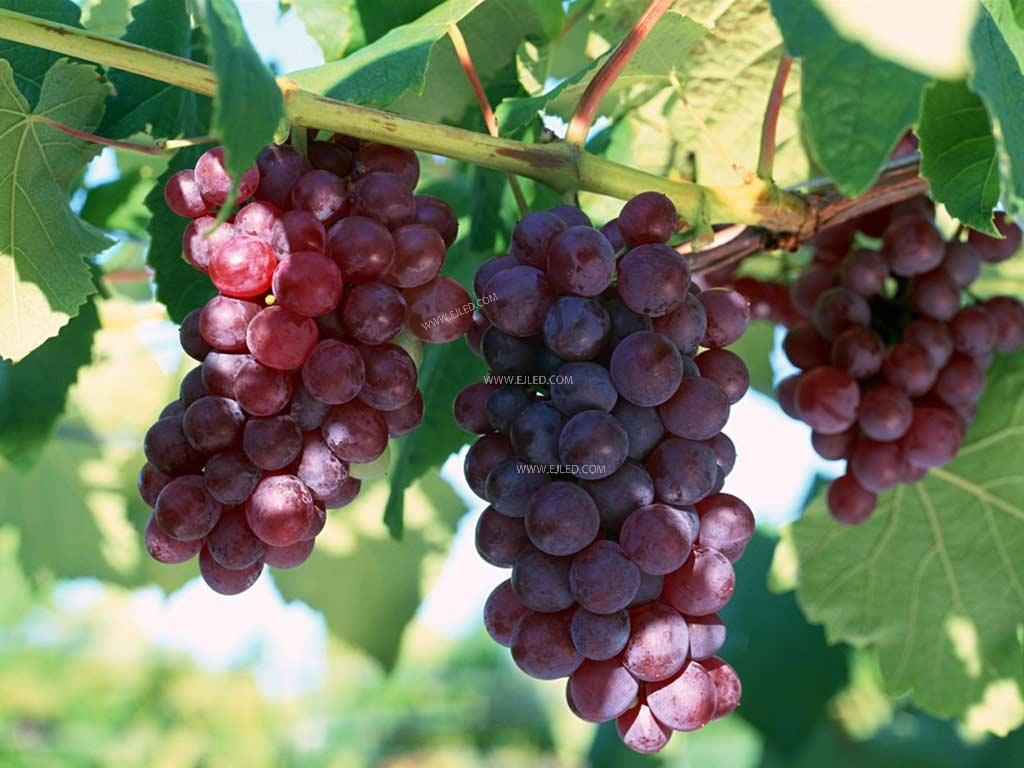
Have you ever wondered why plants look green? This is because the green part of the chlorophyll reflection spectrum (495-570nm), so we are talking about "most light", not all light. Among other wavelengths, red and blue light seem to have the greatest impact on plant health. These wavelengths have different effects: the wavelength of blue light is between 400-500 nm. This light has strong energy and affects the leaf growth of plants (also known as vegetative growth or "vegetable" growth). Blue light will affect the production of chlorophyll, but we only need a small amount compared with red light. If the plant does not get enough blue light, it will begin to weaken and yellow stripes will appear on the leaves instead of green.
The wavelength of this low-energy light is 600-700nm. It is very important for plant flowering and flowering. The lack of this light wavelength will inevitably lead to delayed flowering or very weak flowering stage.
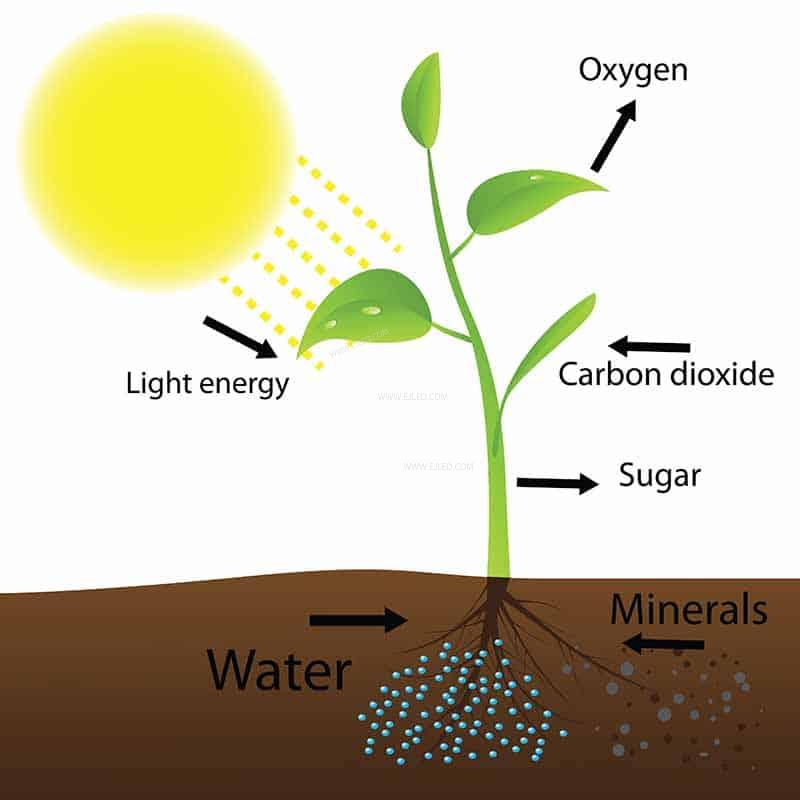
Understanding the spectrum is essential for plants. In sunlight, plants get all the light energy they need at all important wavelengths. But as we will learn later, the effect of using growth lights to replicate sunlight is not a very simple task.
From the research data of Huahao on plant lamp light source, it is known that the three main factors of light will affect the growth and development of plants, which are ① intensity. That is, how bright the light is, or how much energy in the form of photons falls on the leaves. This determines the rate of photosynthesis. The higher the intensity, the more photosynthesis occurs in plants. ② Duration. That is, the time when plants receive light. For outdoor plants, the duration is regulated by seasons. Plants have evolved their life stages around it. Any change in light time will affect the growth of plants. ③ Spectrum. That is, plants need red or blue spectrum to flourish and bloom at different growth stages.
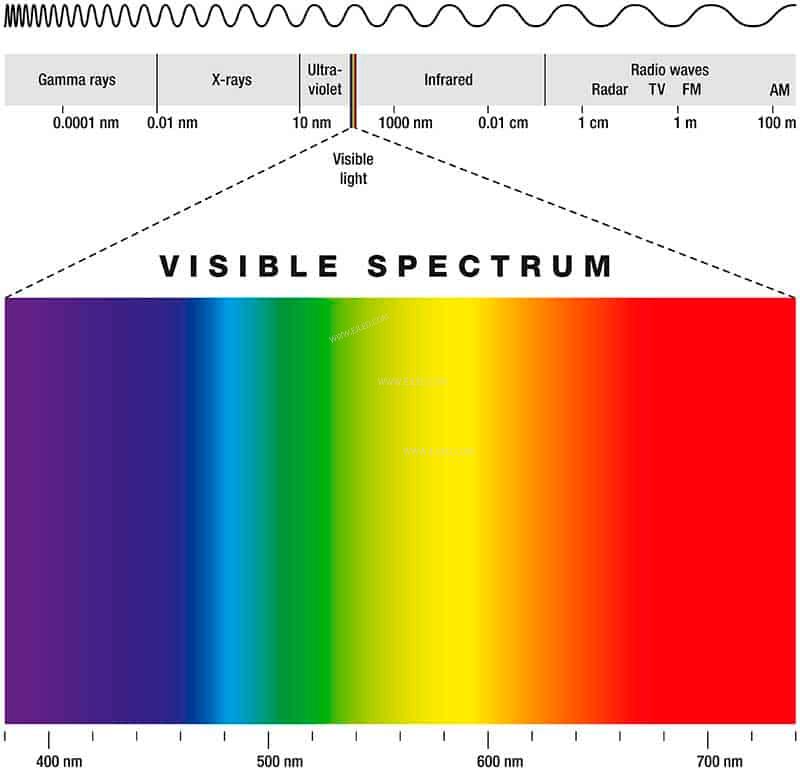
In the planting system, we must select artificial planting lamps that can meet all three factors. Among them, the duration is the easiest to find, because we just keep the light on for a period of time. For some growth lights, intensity may be a challenge. Growers change the intensity of light by changing the distance between plants and bulbs. The closer the light is, the stronger the light is. But the problem here is that many plant lamps also emit a lot of heat. If we put bulbs too close to plants, they may wither or die. Therefore, a careful balance must be maintained.
Wavelength is another challenging aspect. The sun is a perfect single source. It can radiate enough energy for plants of all wavelengths (blue and red), but we still don't have a single light source that can emit enough red and blue spectral light. Therefore, many indoor growers solve this limitation by mixing warm light and cold light. Although it is not easy to reproduce sunlight perfectly, but by using multiple light sources and continuous patching, you can use indoor plant growth lights to achieve amazing results.

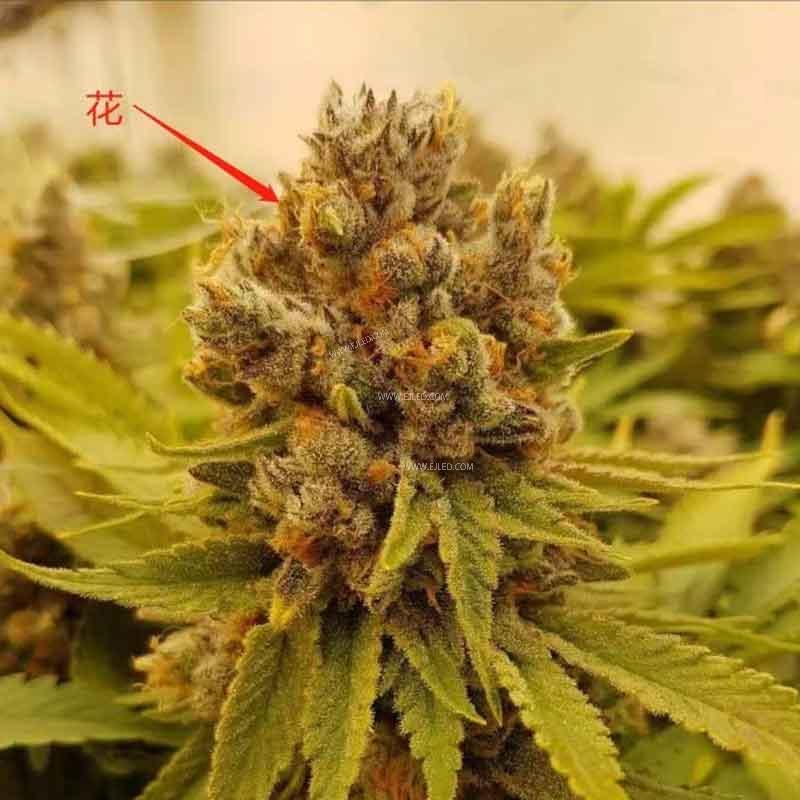
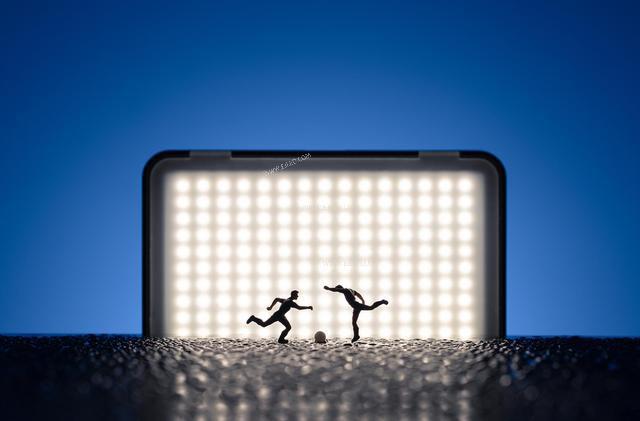
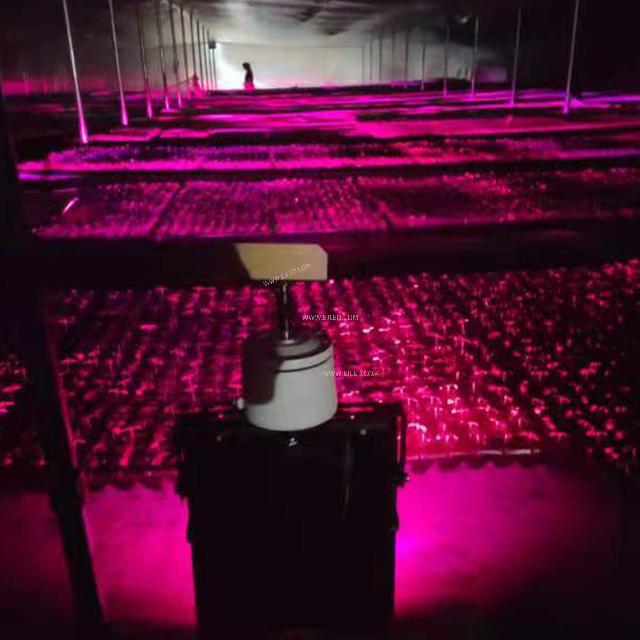
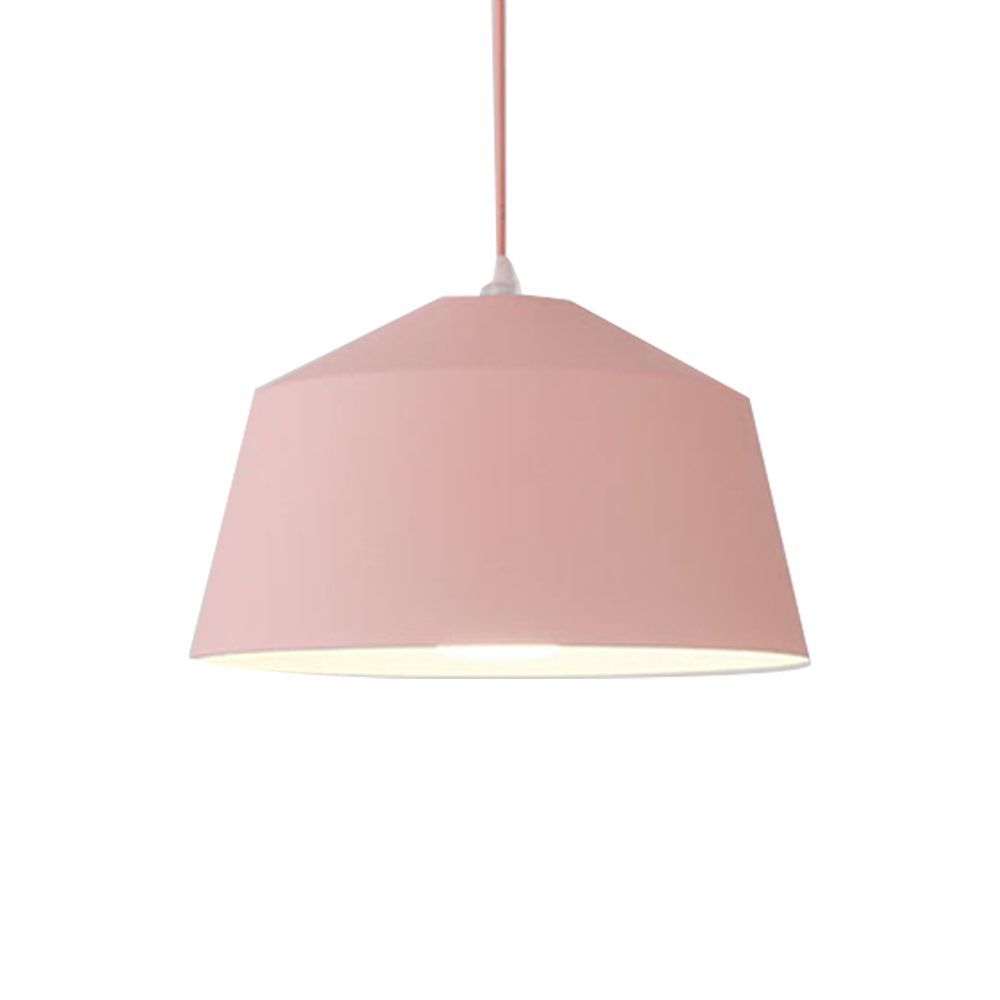
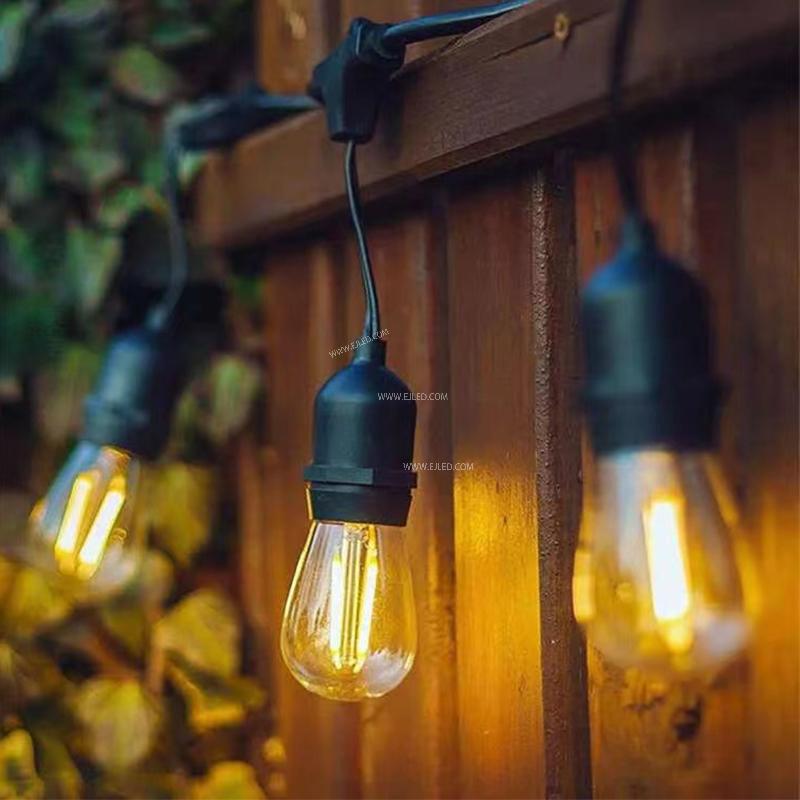
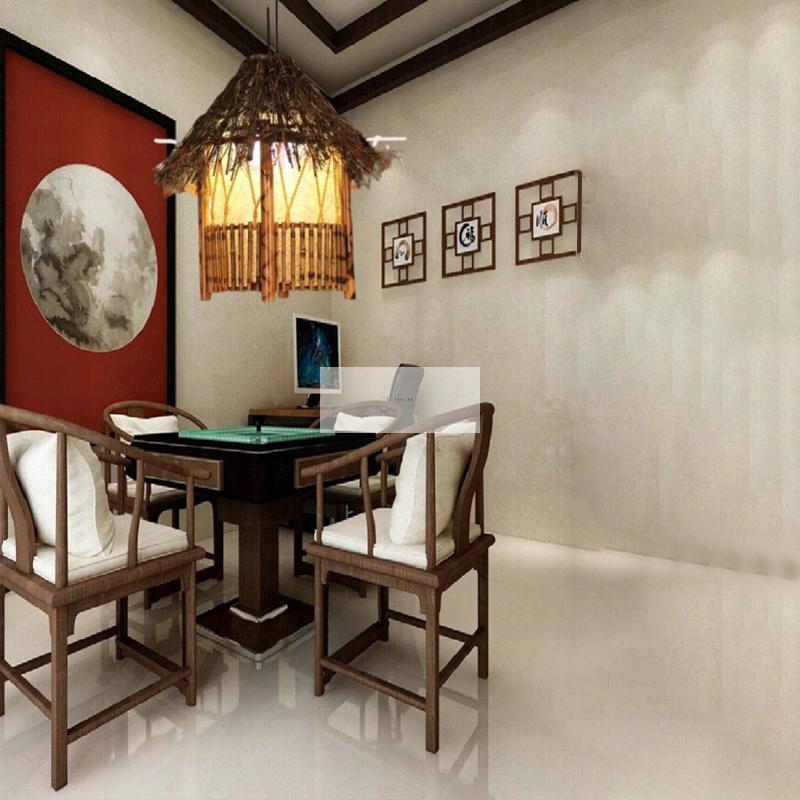
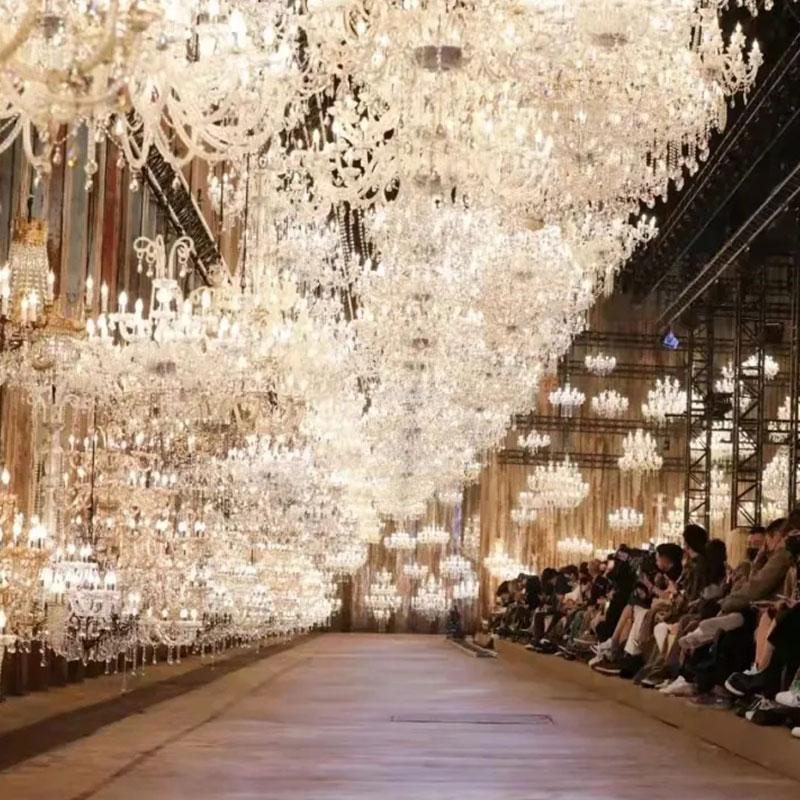
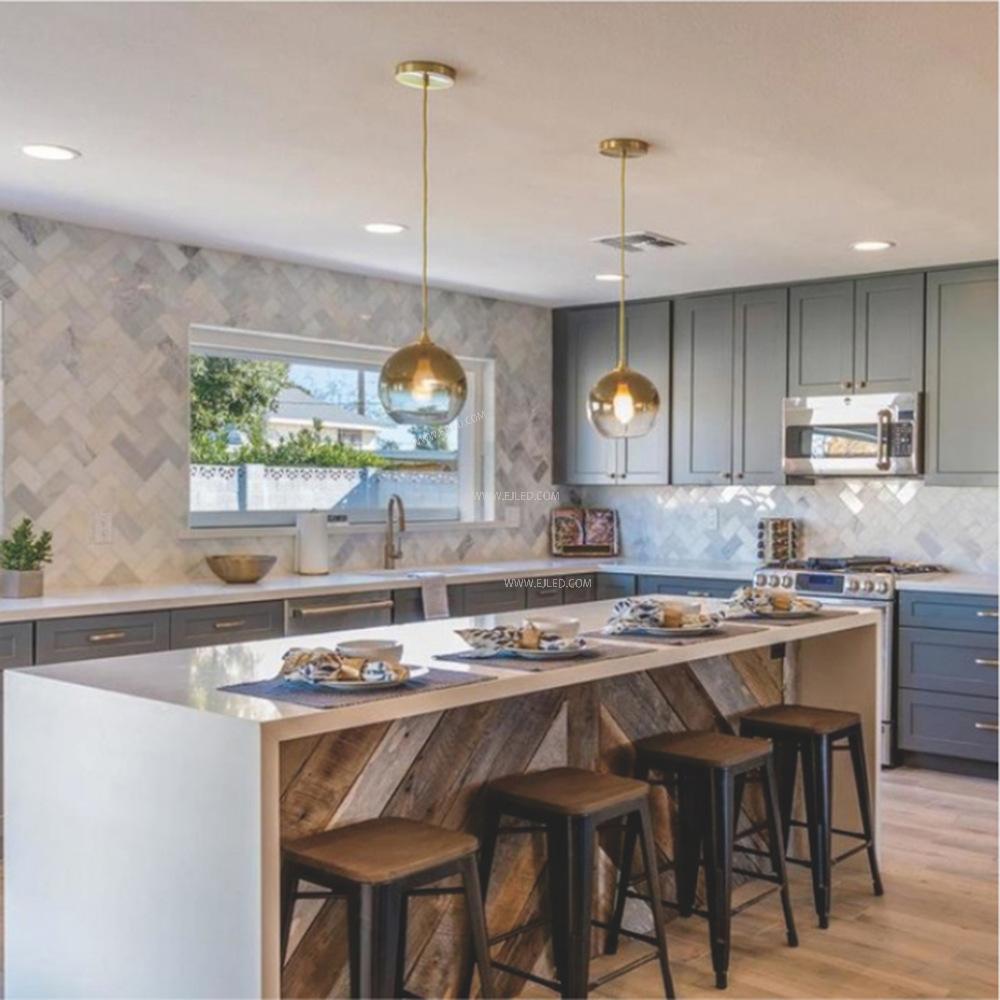
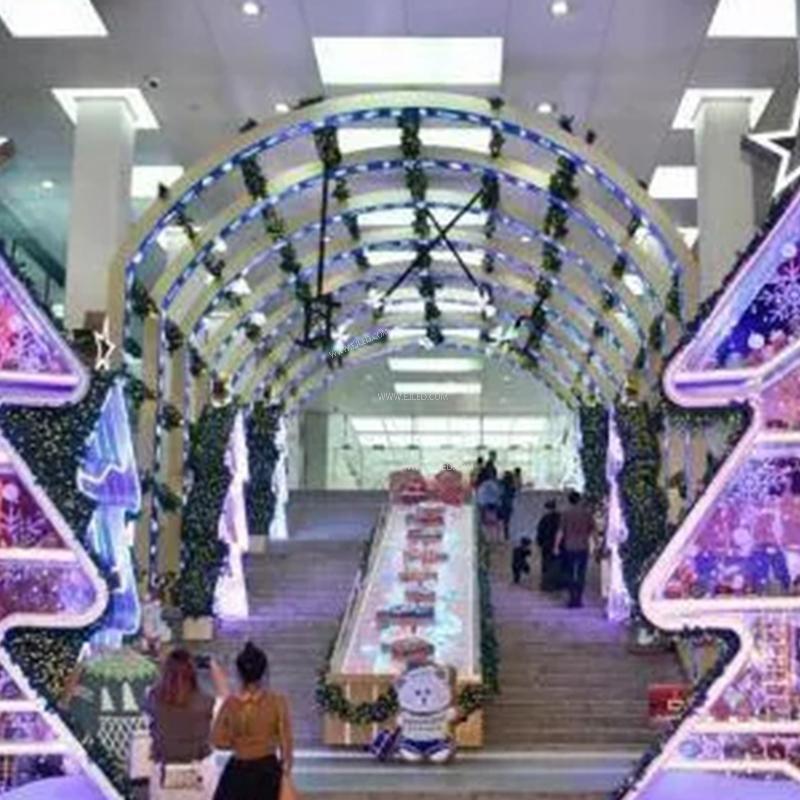
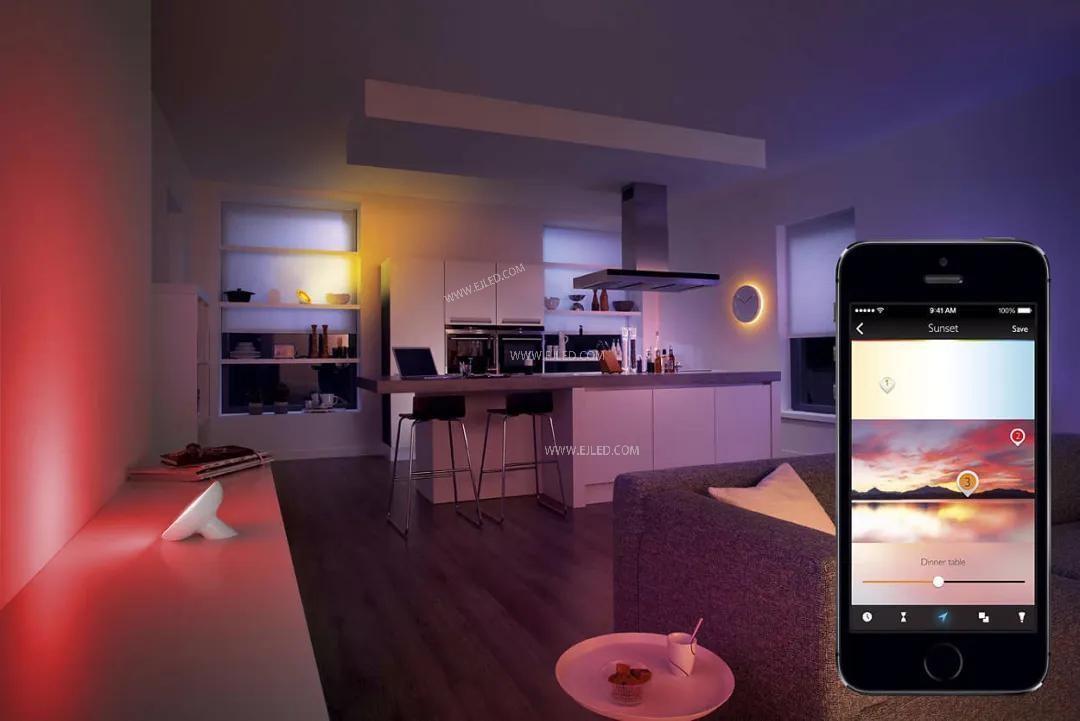

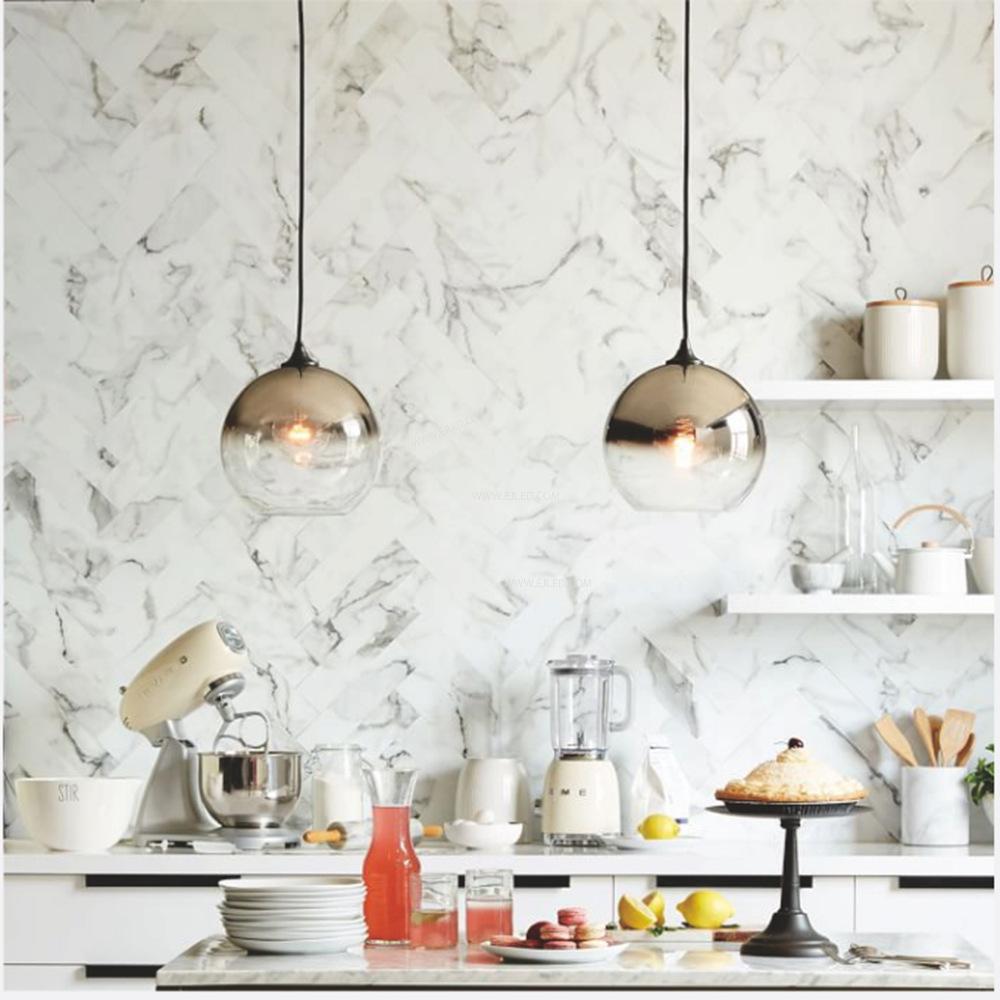
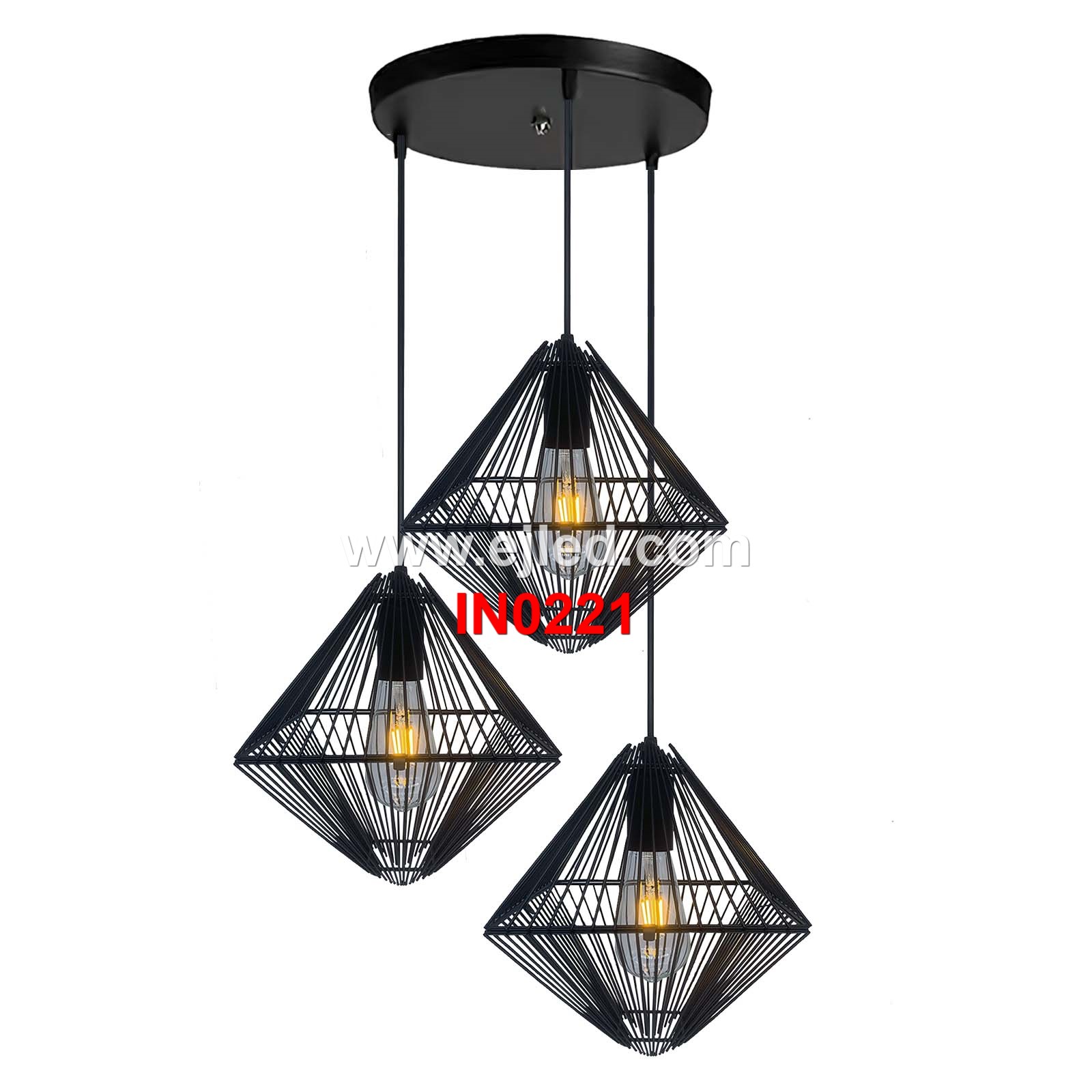
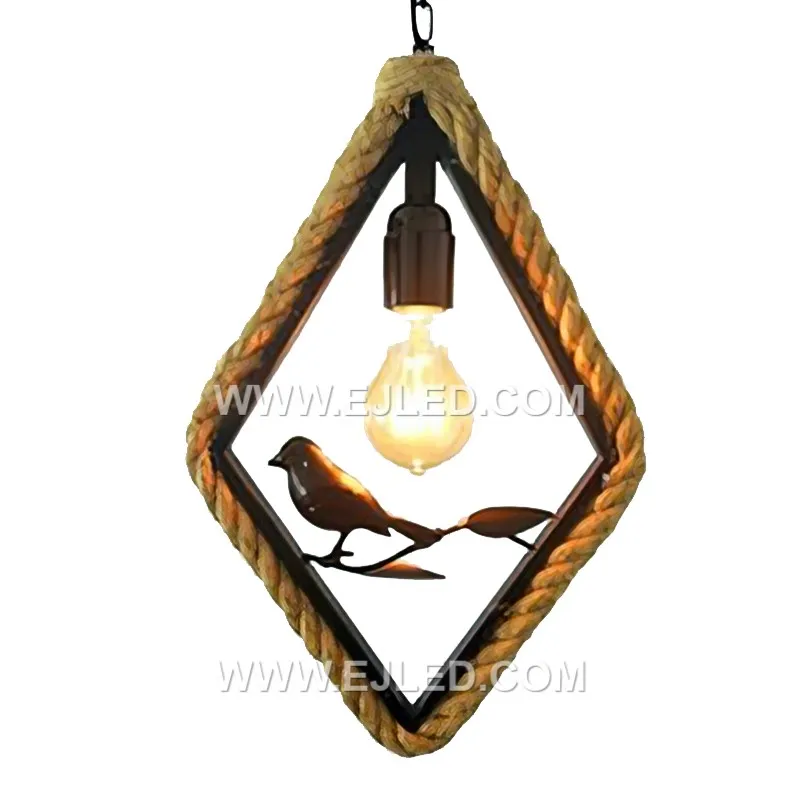
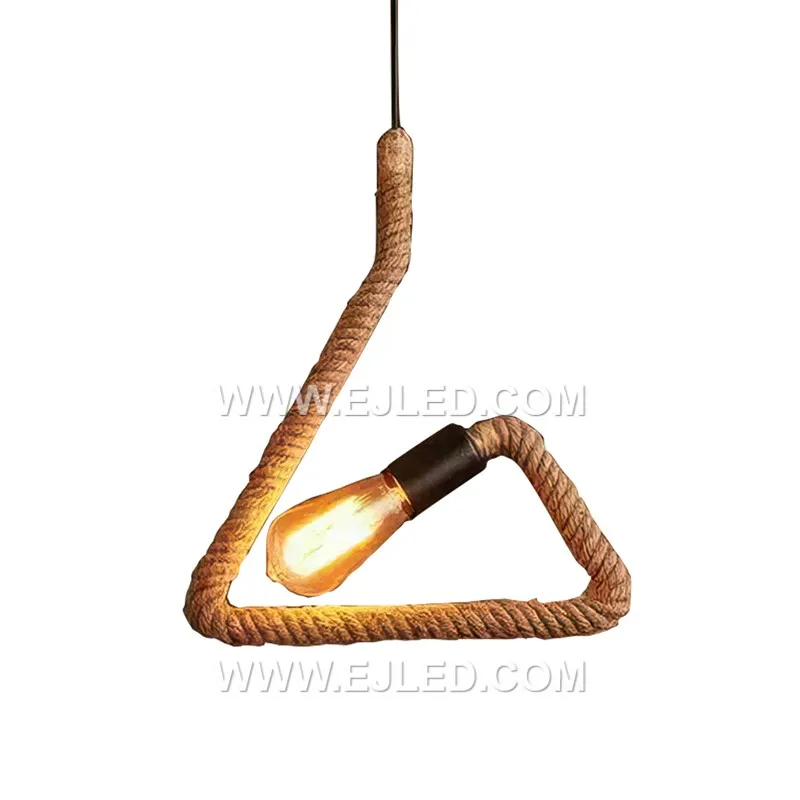
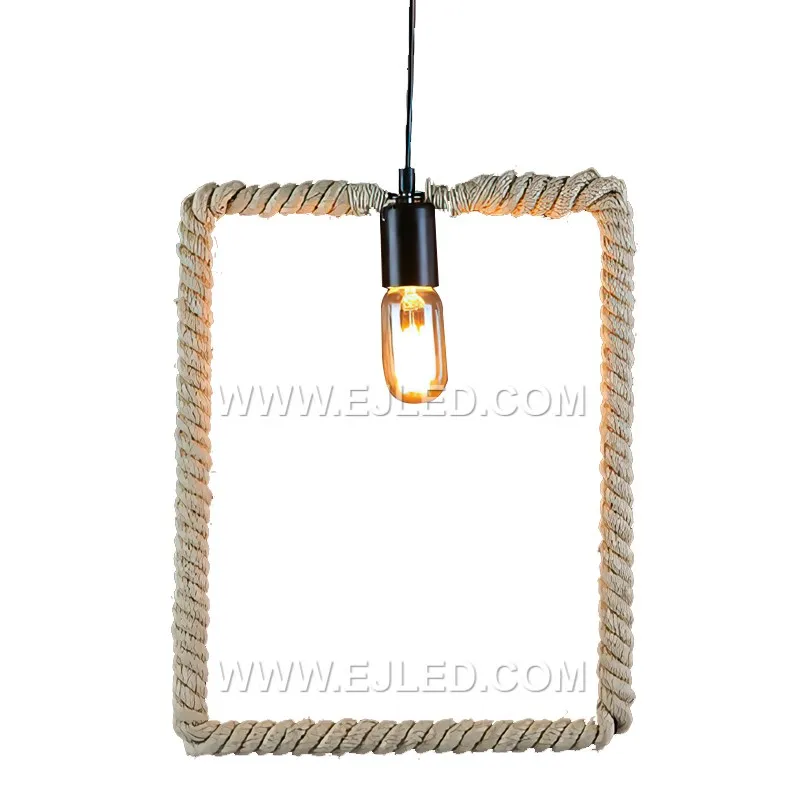
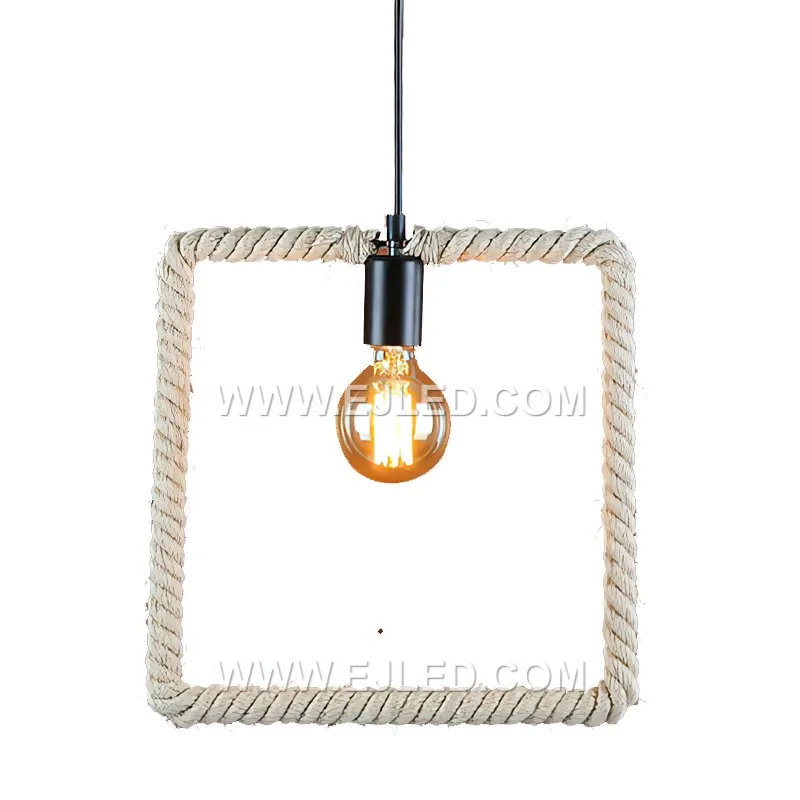
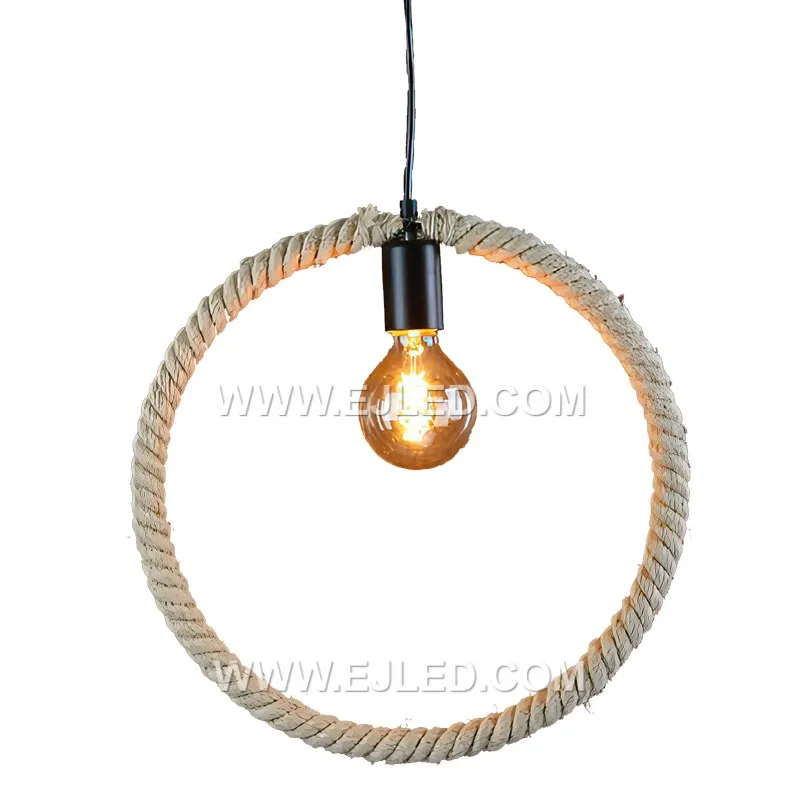
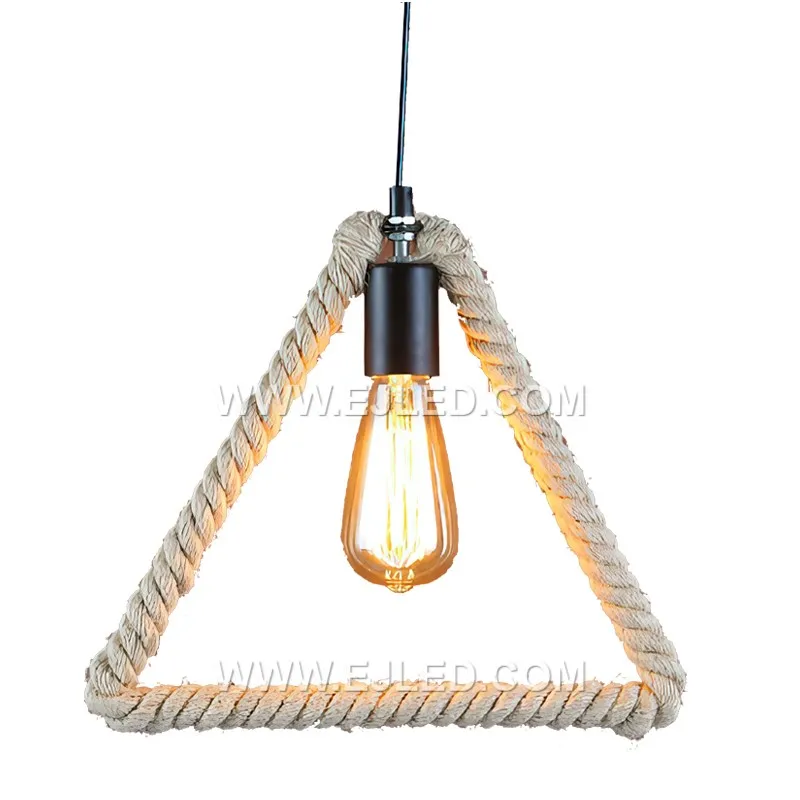
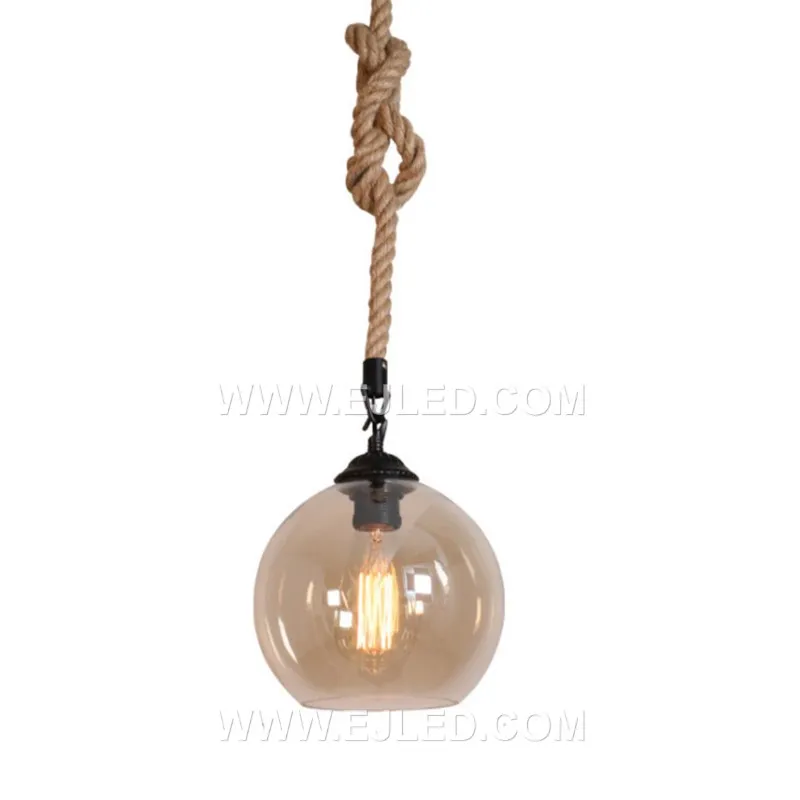
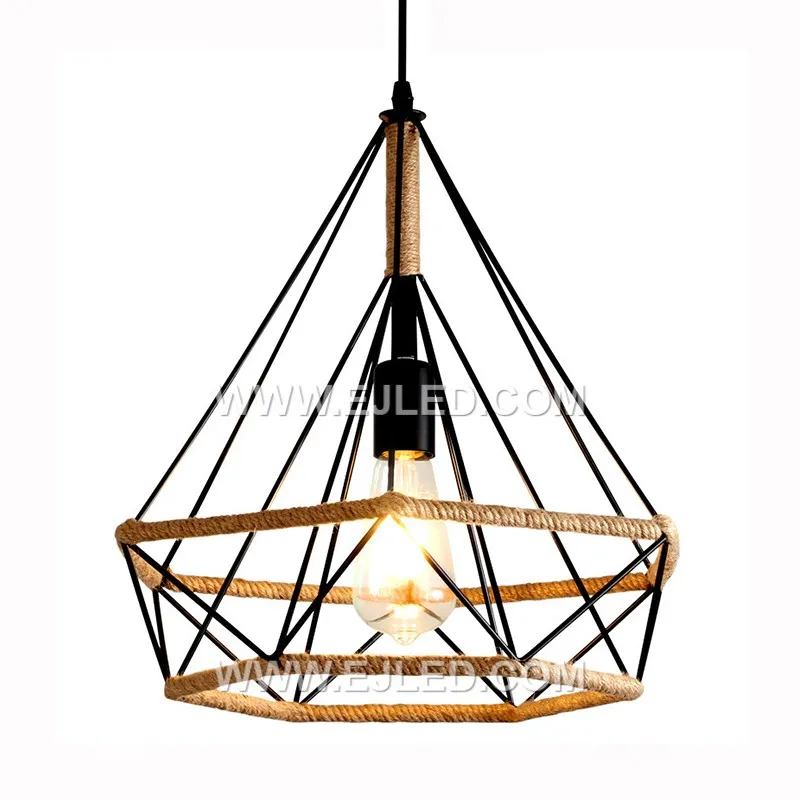
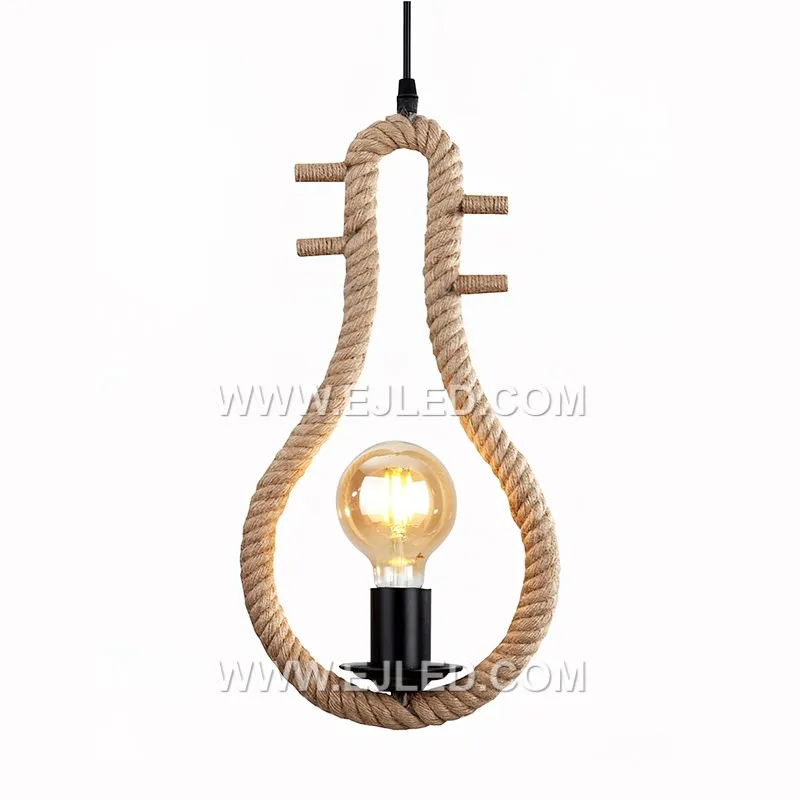
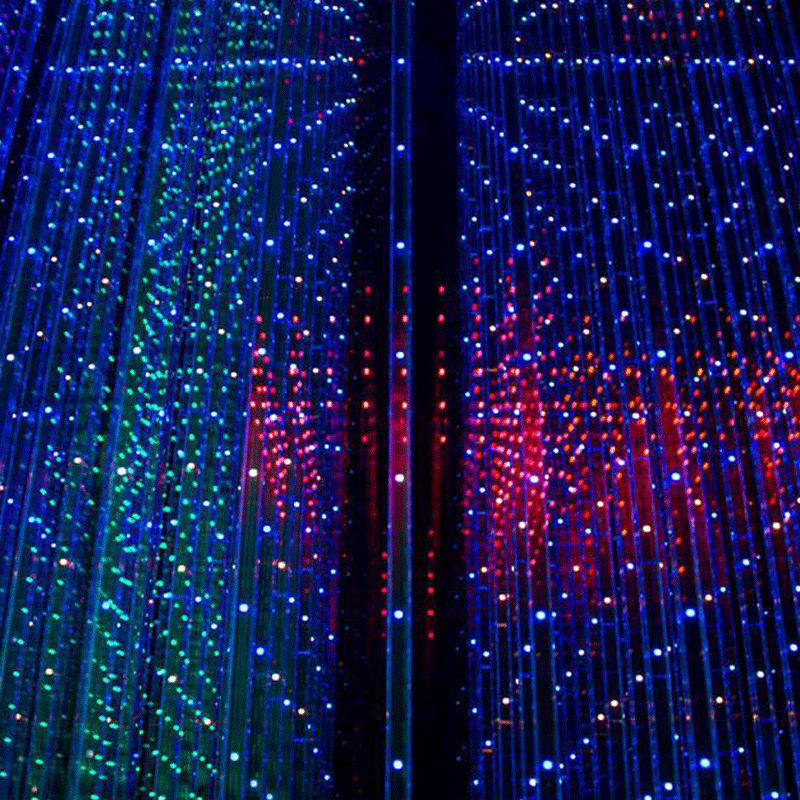
Leave a comment